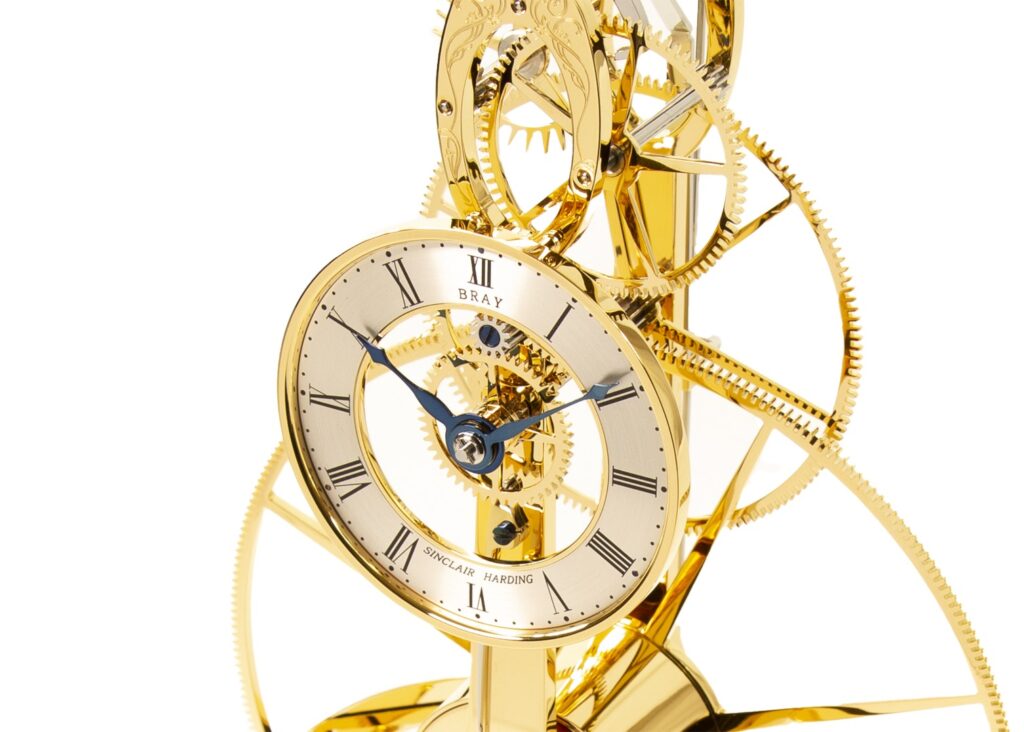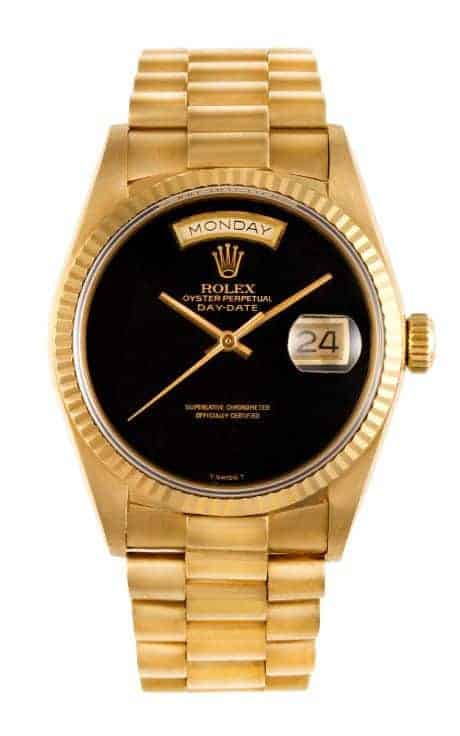Art Glass
Harvey Littleton Art Glass
SHARE
Harvey Littleton was an American glass artist who played a significant role in revolutionizing the modern art world. Born in 1922 in Corning, New York, Littleton grew up surrounded by glass due to his father’s work at Corning Glass Works and, naturally, developed an interest in the material.
Littleton initially pursued a career in physics, earning his masters from the University of Michigan in 1951. However, his passion for glass art never waned, and after meeting Czech glass artist Dominik Biém in 1957, Littleton became determined to make glassblowing a viable art form in the United States.
In 1962, Littleton conducted a workshop at Toledo Museum of Art, where he demonstrated that glass could be melted and blown outside of industrial settings. This led to the development of studio glass, a movement that allowed glass artists to work independently of big corporations and to create unique pieces of art.
Littleton’s artwork spans different styles and techniques, but he is perhaps most well-known for his blown glass vessels. At the heart of Littleton’s style is his ability to create works that combine both form and function. He believed that art should not be separate from everyday life, and his vessels were meant to be both beautiful and useful.
One of Littleton’s most valuable pieces is his 1983 work entitled “Red Shift.” This large sculpture is made of blown and cut glass and is set atop a stainless steel base. “Red Shift” showcases Littleton’s mastery of color and form, as well as his ability to push the boundaries of what is possible in glass art.
Another piece that is highly valued is Littleton’s “Golden Rule” series, which he created in the 1990s. The series consists of several vessels that are shaped like elongated teapots and feature intricate patterns and designs. Littleton’s inspiration for this series comes from Islamic art and architecture, and the pieces reflect a deep appreciation for both precision and beauty.
Littleton’s “Traction” series, which he created in the 1980s, is also highly sought after by collectors. These pieces are made of blown glass and feature intricate, swirling designs that give the illusion of movement. The “Traction” series is a testament to Littleton’s ability to create pieces that are not only visually stunning but also push the limits of what is possible in glass art.
Harvey Littleton’s contributions to the modern art world cannot be overstated. He not only revolutionized the art of glassblowing but also paved the way for other artists to pursue independent studio work. Littleton’s pieces continue to be highly valued by art collectors and his legacy lives on through the many artists he inspired.
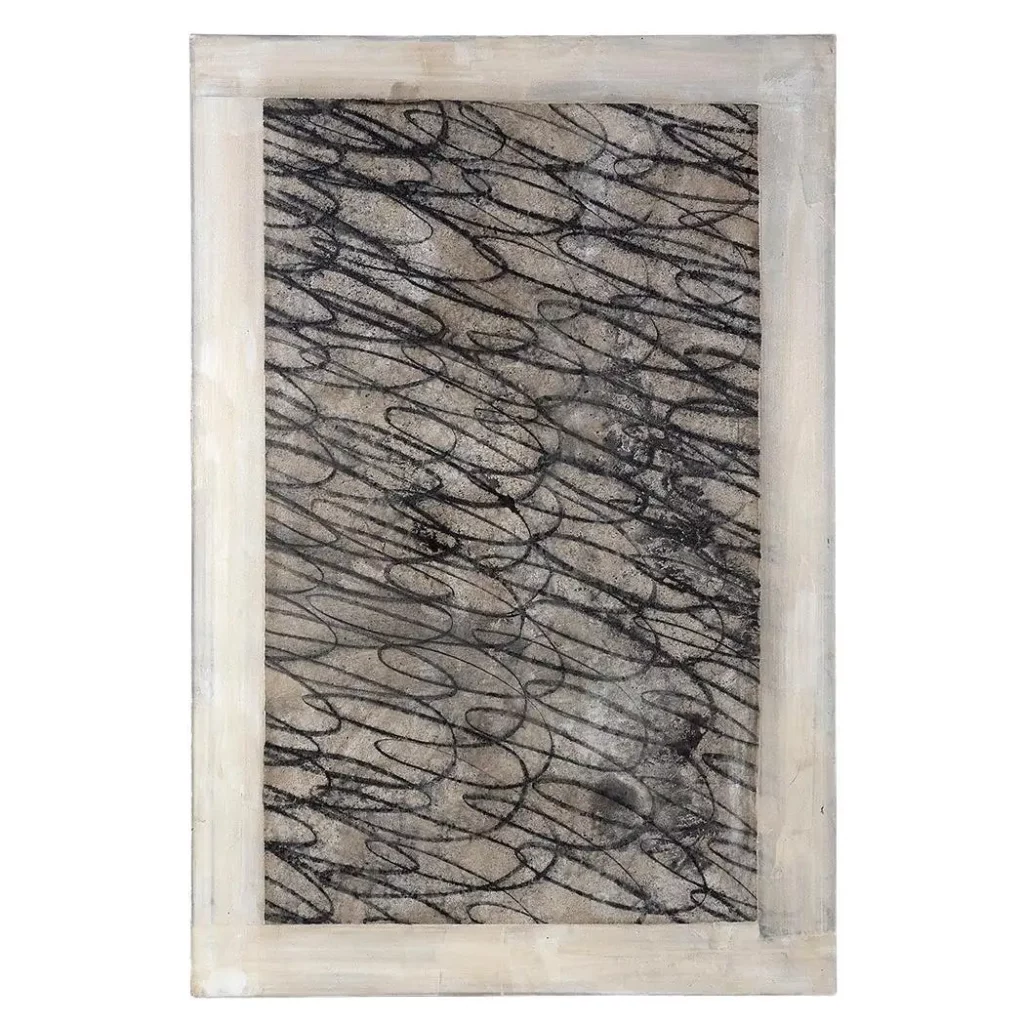
Scott Kerr

Jack Ludlam

Anton Genberg
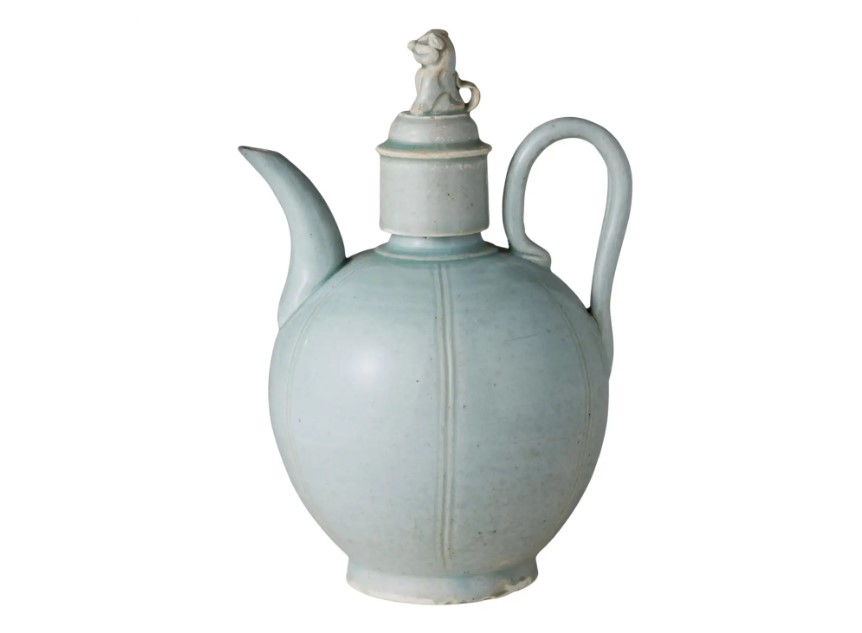
A Qingbai Ewer with Lion-Finial Cover, Song Dynasty
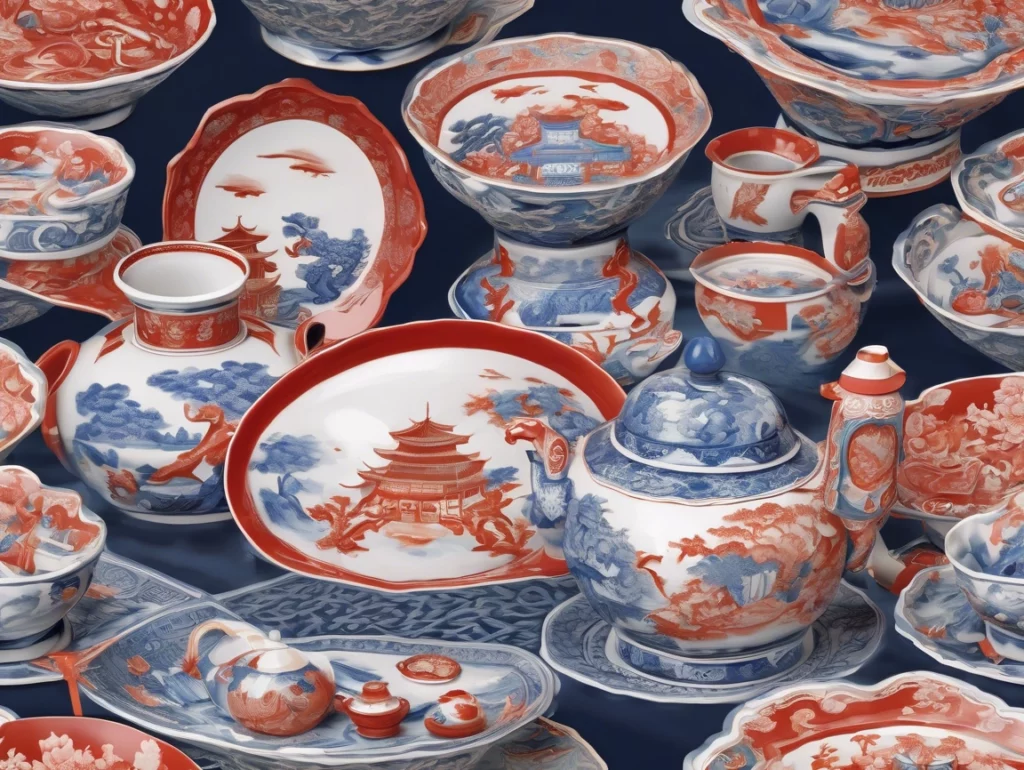
Chinese Imperial Porcelain

Business and Bankruptcy Liquidators Austin
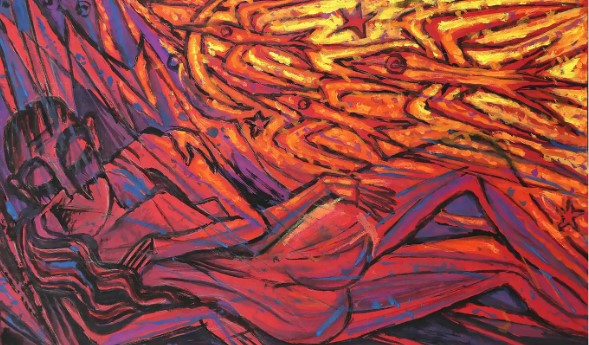
Emil Betzler

Austin Business Liquidation
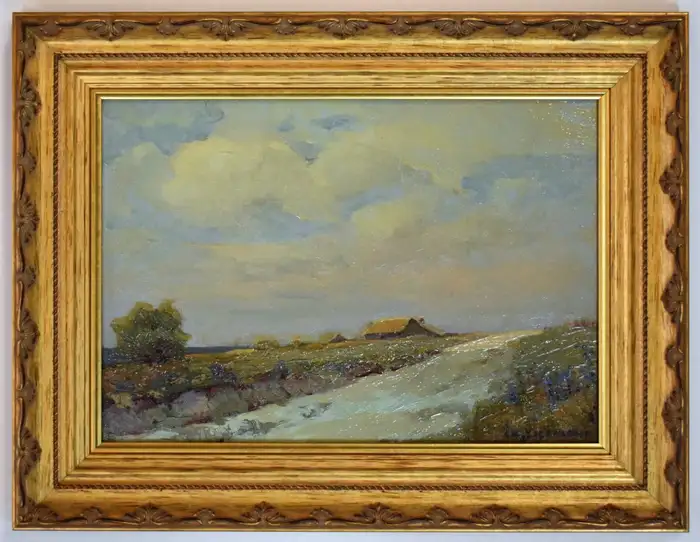
E.G. Edward Eisenlohr
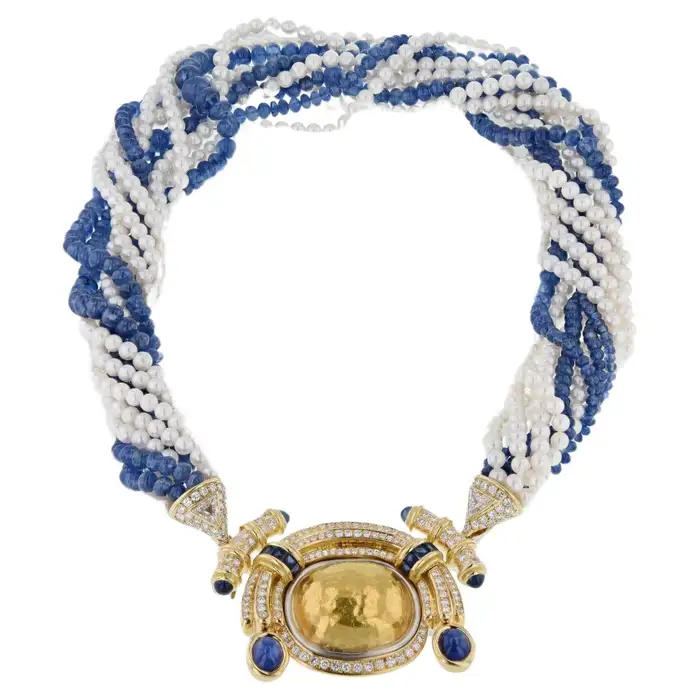
Estate jewelry by Chaumet

Vintage Chanel

Sanford Robinson Gifford
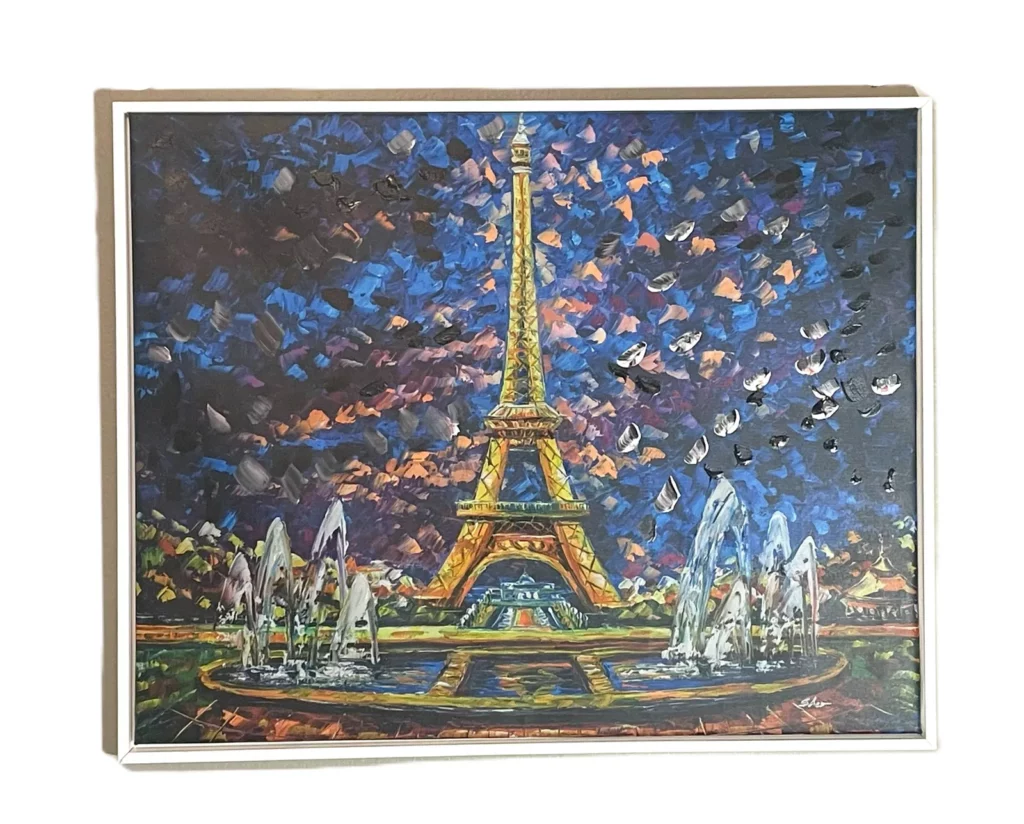
Svyatoslav Shyrochuk

Ferjo
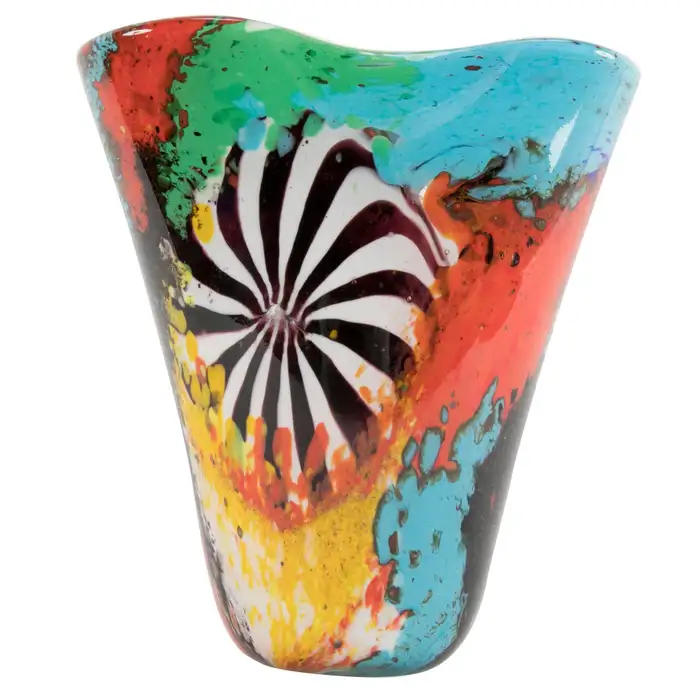
Dino Martens art glass
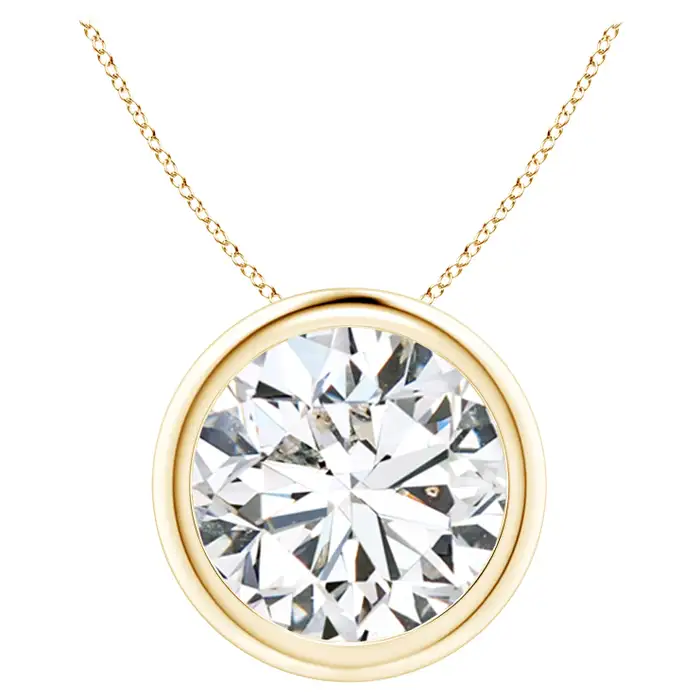
Bezel settings
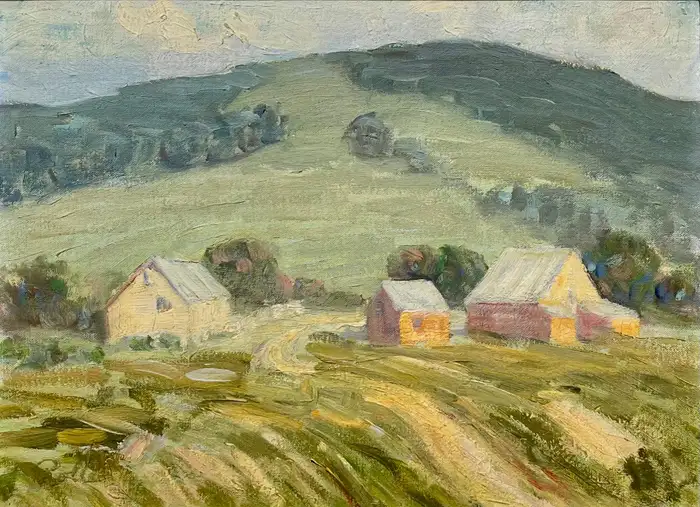
August Herman Olson Rolle

Fendi collectibles

Joe Montana memorabilia

Gambaro e Poggi
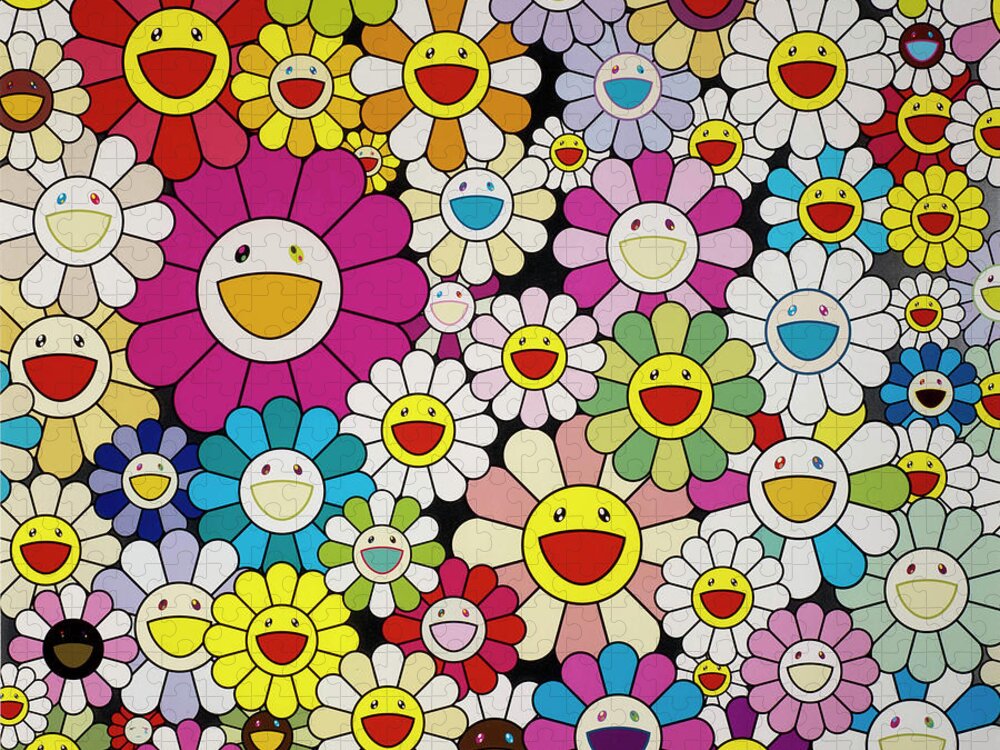
Takashi Murakami

Limelight Gala watch

Audemars Piguet Royal Oak
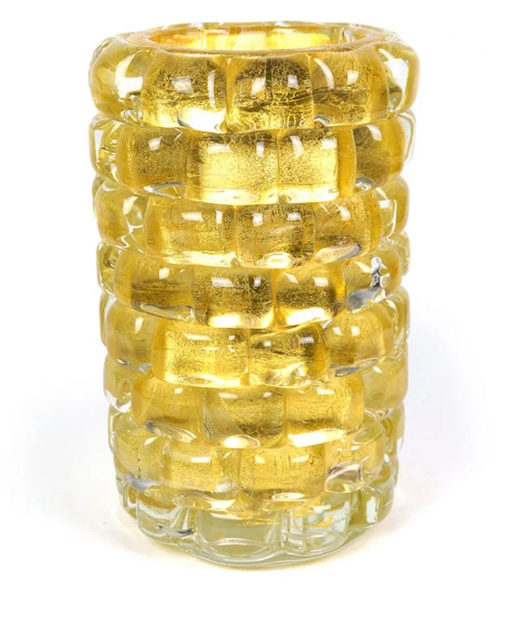
Murano Art Glass with Gold Leaf
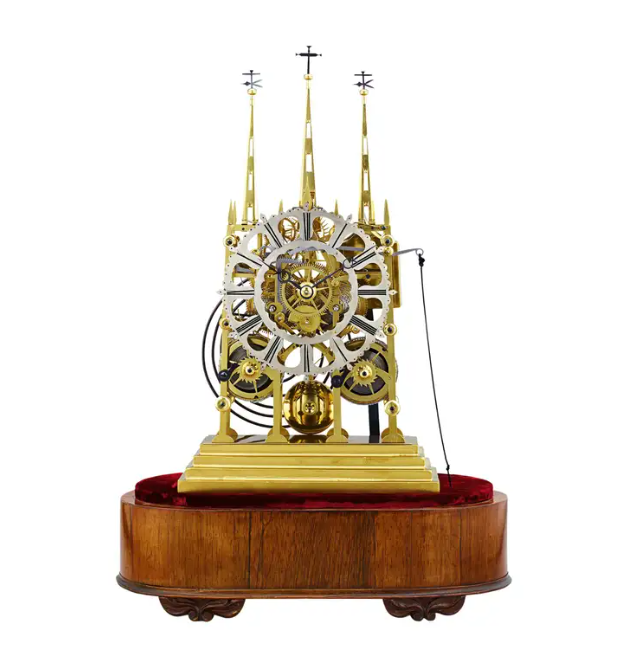
Evans of Handsworth
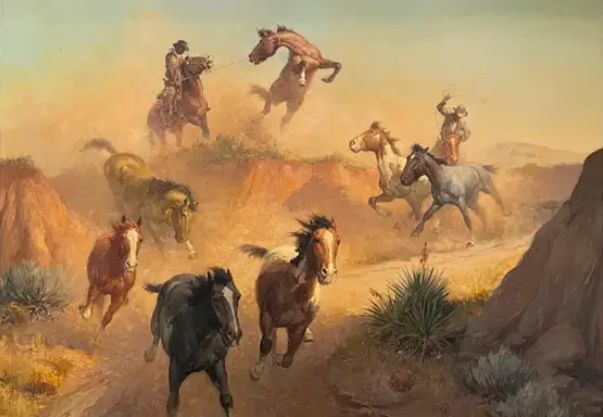
Charlie Dye

Robert Wood
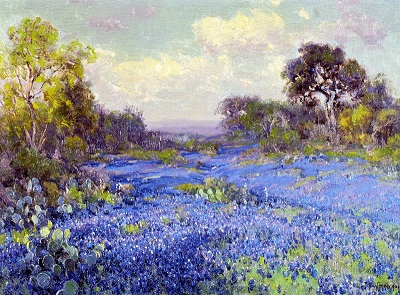
Julian Onderdonk

Jordi Mollà

Sixteen Stone by Tiffany
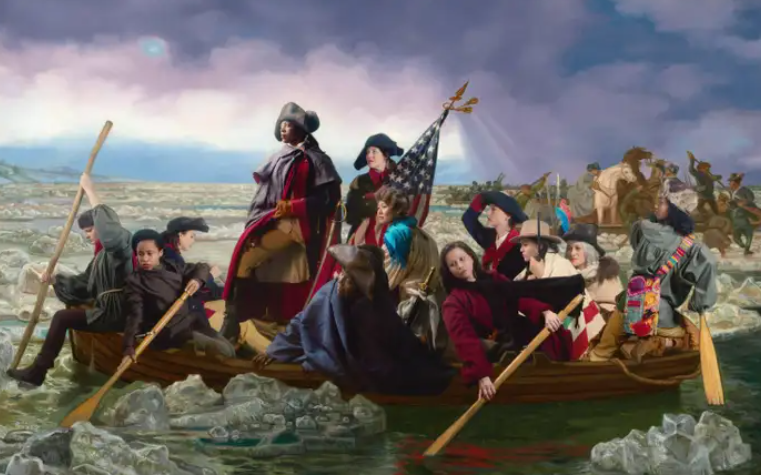
Kleinveld & Julien
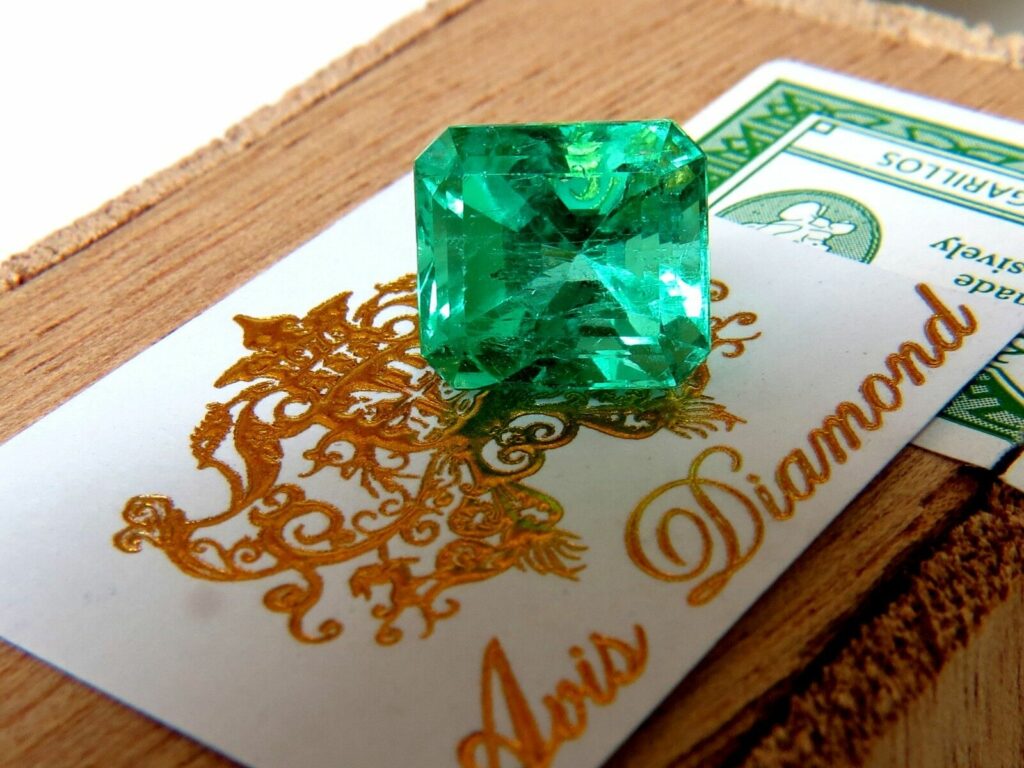
Who Are The Largest Jewelry Collectors?

Contemporary Masters

Reed & Barton
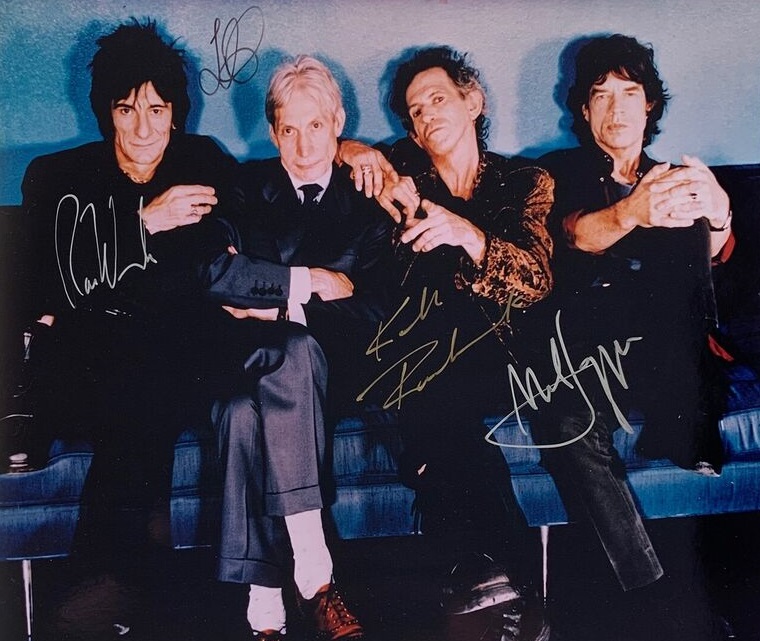
The Rolling Stones Collectibles

First Edition Books

About The 1856 British Guiana One-Cent Magenta Stamp

Top Gun Collectors
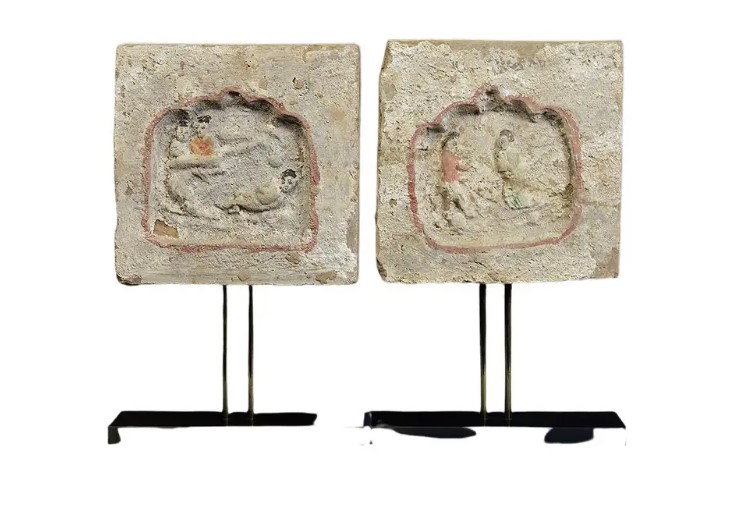
Song Dynasty Collectibles
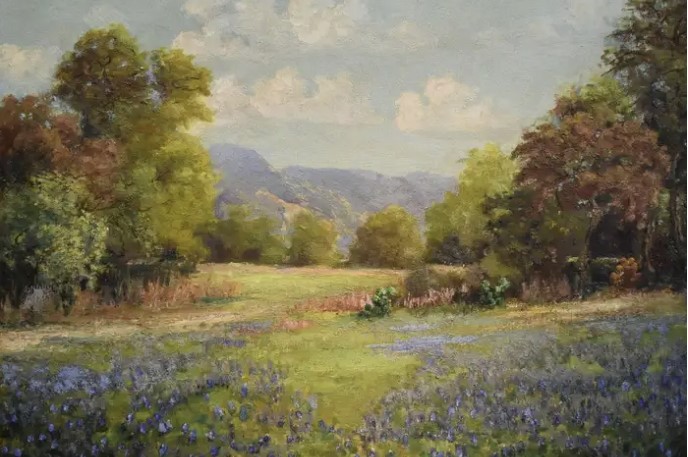
Charles Harvi Altheide
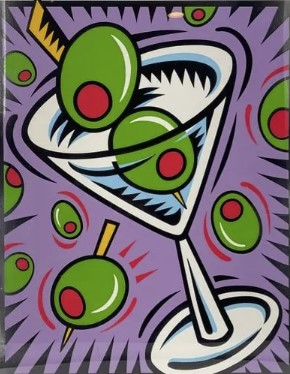
Burton Morris
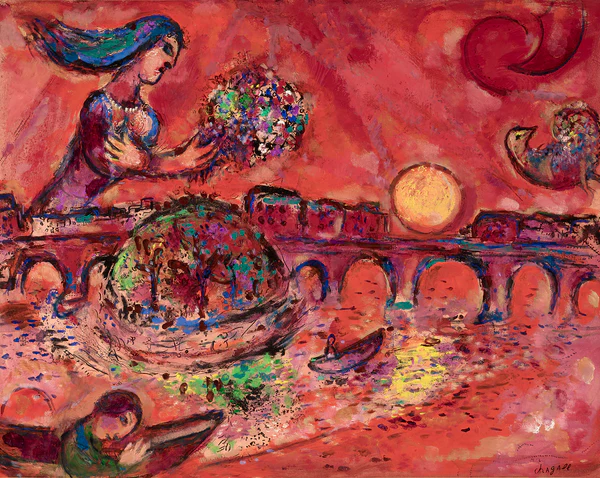
Post War American Art
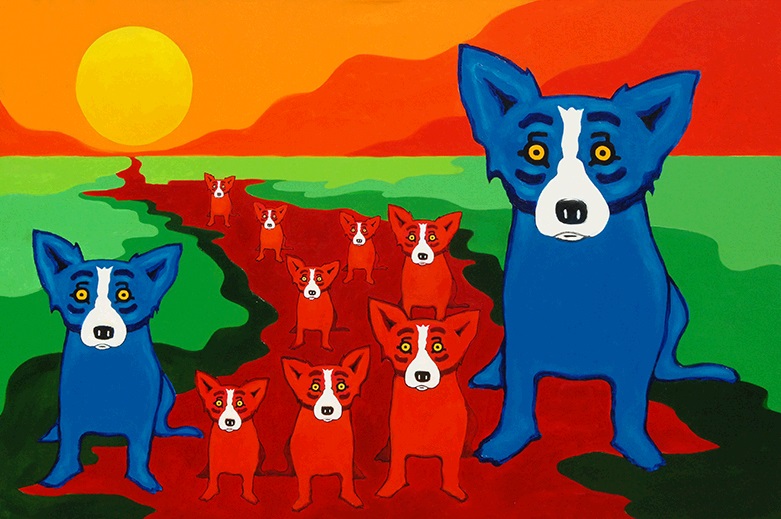
George Rodrigue
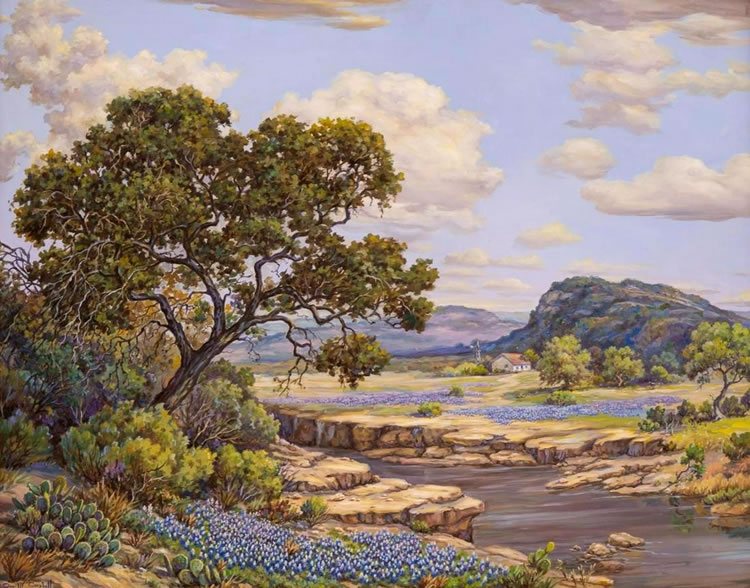
Orville Campbell

Ming Dynasty Collectibles
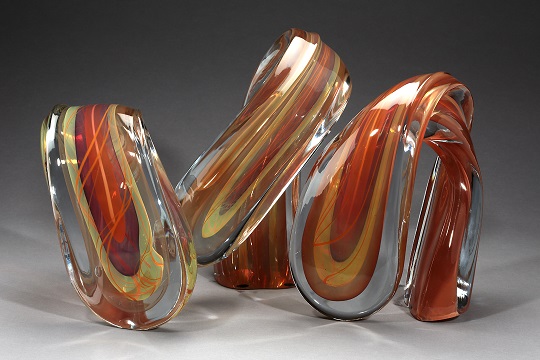
Harvey Littleton Art Glass

Popular Items At Estate Sales

Victor Vasarely
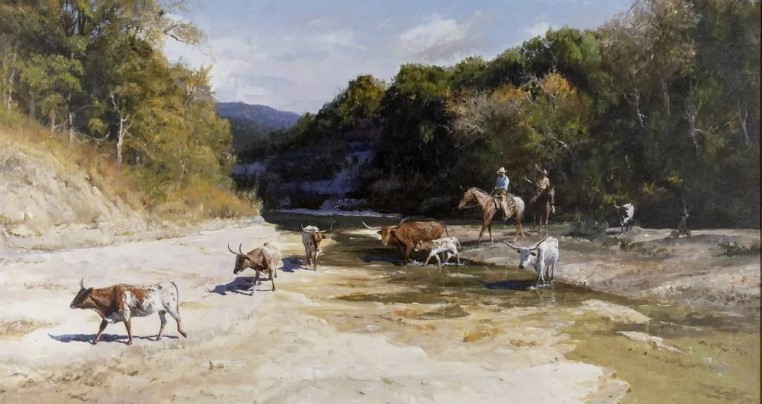
James Robinson
